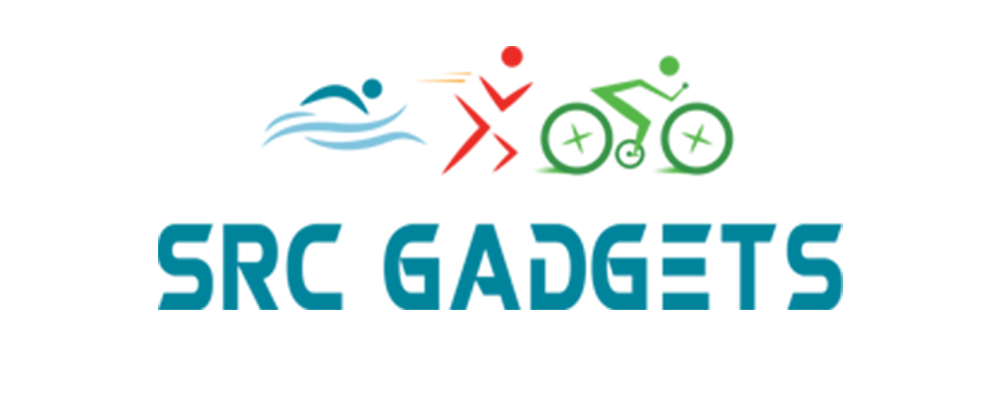What Events Are in a Triathlon – Complete Breakdown
Triathlons are the ultimate test of an athlete’s mettle, pushing boundaries across three demanding disciplines. But what exactly comprises this threefold challenge?
In essence, a triathlon encompasses swimming, cycling, and running executed sequentially and without breaks.
Drawing from extensive experience and expertise in the domain of endurance sports, I can affirm that each segment of a triathlon demands distinct skills, preparation, and resilience.
Whether you’re plunging into the water, transitioning onto the bike, or pounding the pavement, triathlons are a showcase of endurance, versatility, and determination.
In this post, we’ll provide an introduction to the world of triathlons and break down the three key events that make up a triathlon.
The Three Core Events
A triathlon consists of swimming, cycling, and running events completed consecutively in a single race. While there are variations in distances, the order of events is always:
Let’s take a closer look at each discipline and what’s involved for triathletes:
1. Swimming in Triathlon
The swim portion of a triathlon often takes place in open water, such as a lake, river, or ocean. For beginner sprint triathlons, the swim is usually between 400-750 meters. Ironman triathlons feature a daunting 3.8 km open water swim.
Triathletes wear specialized triathlon wetsuits and swim caps for the open-water swim. Finding a rhythm in the water and dealing with waves, swells, and water temperature are key challenges. The swim requires endurance, navigation skills, and an ability to draft off faster swimmers.
After completing the swim, triathletes have to quickly change into cycling gear in the transition area before starting the bike leg. Proper preparation for the swim and executing a fast transition can give triathletes an edge.
Mastering sighting techniques and navigating through other swimmers are key to succeeding in the triathlon swim segment.
2. Cycling in Triathlon
The cycling stage follows the swim portion and makes up the second discipline of a triathlon. Sprint triathlon bike legs are around 20-40 km. Ironman distance races feature a 180 km bike ride. Generally, the cycling route is on open roads.
Triathletes use specially designed triathlon bikes built for speed and aerodynamics. Strategies like drafting behind other riders can help conserve energy. Triathletes have to pace themselves on the bike so they have enough left in the tank for the run.
After completing the cycling leg, triathletes have to quickly rack their bike and change into running shoes during the second transition area. Finding a pace that is aggressive yet sustainable is critical in the cycling portion in order to save energy for the run. Efficient transitions here can save precious seconds.
3. Running in Triathlon
The run is the final stage of the triathlon. Sprint triathlon runs are 5-10 km, while Ironman marathons are a grueling 42.2 km. By this point, triathletes have already swam and cycled long distances, so the run requires incredible mental and physical endurance.
The run course is usually on paved roads, often along the coast or taking in city sights. Spectators can really lift triathletes during the final running stage. Focusing on form and pacing and drawing energy from the cheering crowds, triathletes battle fatigue and give everything they have to make it to the finish line.
Crossing the finish line and completing a triathlon is an amazing accomplishment. Triathlons test the limits of human endurance over three disciplines. With proper training and preparation, triathlons can be achieved by serious athletes and amateur fitness enthusiasts alike. The swimming, biking, and running journey ends in triumph at the finish line. Digging deep, both physically and mentally, is required during the final running stage after already exerting energy on the swim and bike.
Conclusion
If I conclude my blog, a triathlon includes three main events: swimming, cycling, and running. The swim takes place in open water, demanding endurance, navigation, and drafting skills. The cycling segment follows on open roads, where participants ride aerodynamic bikes and need to manage their pace. Lastly, the run tests both mental and physical stamina, as competitors push to the finish line after the challenges of swimming and cycling.
Ultimately, triathlons offer a unique challenge across different disciplines that demand comprehensive training but provide an incredible sense of achievement upon completion. By breaking down the three parts of a triathlon, we can better understand and appreciate these grueling tests of human fortitude.
Frequently Asked Questions
What is the order of the three events in a standard triathlon?
The order is always to swim, bike, and run. Athletes complete the swim first, then transition to cycling, and finish with the run.
What is transition in a triathlon?
Transition refers to the changeover between each segment where competitors switch gears. Fast transitions are crucial.
What types of terrain are involved in triathlon routes?
Triathlons feature open water swimming, cycling on roads, and running on paved surfaces or trails.





